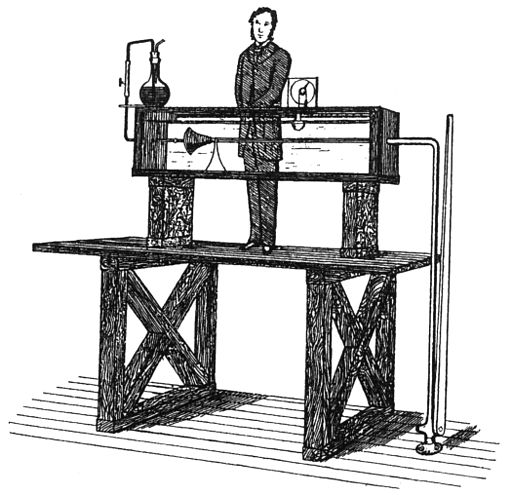
Osborne Reynolds: A Giant in Fluid Dynamics
If you have performed simulations with industrial Computational Fluid Dynamics (CFD) and thereby solved the Reynolds-Averaged Navier-Stokes (RANS) equations, or if you have compared scaled fluid dynamic experiments with their full size counterparts using the Reynolds Number, then you have benefited from the groundbreaking work of Osborne Reynolds (1842 - 1912).
The Life and Times of Osborne ReynoldsTold by Brian Launder (himself a giant in turbulence modeling)
Reynolds is a giant in the world of fluid dynamics after deriving the RANS equations from the Navier-Stokes equations by assuming a bulk description for turbulence and after his famous pipe experiment that led to his formulation of the Reynolds Number.
The original pipe experiment he devised at Manchester University to study laminar to turbulent transition was still used until 2011 to teach undergraduate mechanical engineers at the University. Where better than Manchester, the heart of the industrial revolution, would you expect to find groundbreaking fluid dynamics research at the end of the 19th Century? Reynolds became Professor of Engineering - a relatively new title at the time - at the University, sponsored in part by local industrialists who had made their fortunes in manufacturing.
 Reynolds' Pipe ExperimentBy Osborne Reynolds (Scan from book (lost)) [Public domain], via Wikimedia Commons
Reynolds' Pipe ExperimentBy Osborne Reynolds (Scan from book (lost)) [Public domain], via Wikimedia Commons
So the next time you fire up a CFD simulation, take a moment to think about how it is we have arrived at this point - thanks in no small part to the pioneering work of Reynolds and others from the 19th Century.
Recent blog posts
- CFD Simulates Distant Past
- Background on the Caedium v6.0 Release
- Long-Necked Dinosaurs Succumb To CFD
- CFD Provides Insight Into Mystery Fossils
- Wind Turbine Design According to Insects
- Runners Discover Drafting
- Wind Tunnel and CFD Reveal Best Cycling Tuck
- Active Aerodynamics on the Lamborghini Huracán Performante
- Fluidic Logic
- Stonehenge Vortex Revealed as April Fools' Day Distortion Field
